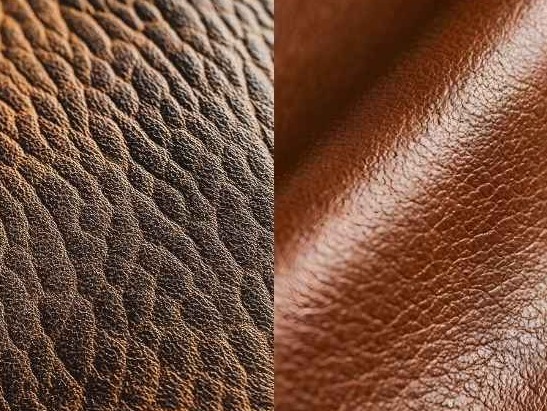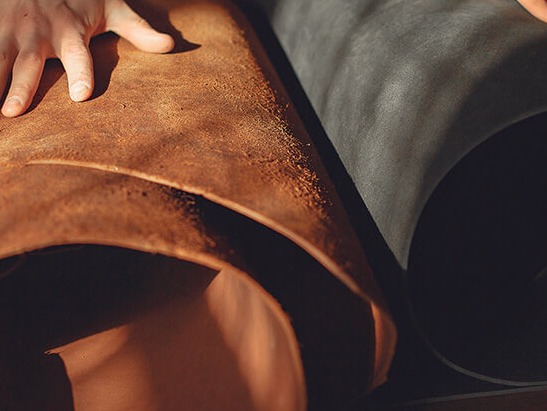
I’m sure that when you walk past stores or craft fairs, you’ve been intrigued by the stores offering leather products. You’ve noticed the incredible craftsmanship involved, the (real) sense of quality they exude, and even their unique scent. But… Have you ever stopped to think about where it all comes from? How is it made? What types of animal skins are used?
It’s normal to feel overwhelmed by these questions. Let’s shed some light on all of this.
Let’s start with the basics: the many types of animal skins that exist and their various uses. Each type of animal skin is unique, and even within the same species, factors like age, diet, and more can make the skin very different and suitable for a wide range of applications.
We’ll explain the main types of animal skins and their most common uses:
Cow
We couldn’t start with anything else. Cowhide is the most commonly used and well-known type of animal skin. Its popularity stems from its high quality, as it is a material that is both highly versatile and rigid yet flexible. These qualities make it suitable for a range of uses, from thin masks to thick shoe soles. In between, you’ll find uses such as bags, belts, backpacks, and more.
You can recognize cowhide by its markings, grainy texture, and a scratched appearance.
Calf
Derived from younger animals, this skin is soft, thin, and almost smooth. It has a velvety feel, and despite this, it remains very durable.
Its uses are also diverse, including bags, padded belts, wallets, coin purses, and lining.
Pony
The most notable characteristic of pony skin is its ease of working with, making it more affordable than cowhide, for example.
Its characteristics vary greatly depending on the part of the animal used, making it highly versatile. Its uses are very similar to those of cowhide.
Goat
Compact and very flexible, goat skin is a very thin yet highly resistant material.
It’s often used for exclusive footwear, high-quality bookbinding, and even for coin purses.
Sheep and Ram
Also known as "sheepskin," this type of leather is vegetable-tanned and very labor-intensive to process.
It is elastic yet very thin, soft, and has a low sheen.
It’s commonly used for aprons, linings, and bellows.
With all this information, you might now have a better idea of the many types of animal skins that exist and their varied uses, depending on their unique characteristics.
And you? Which one would you choose?
Related products
Adino leather belt - Cognac
€19.00Adri leather belt bag
€32.00Alias leather bag
€89.00Unisex leather briefcase
€69.00More news
Surely you've always wondered how to clean the leather of your favorite jacket to keep it in great shape for many years. In this article, we'll...
Have you considered buying a leather briefcase? Discover its main features and benefits in our article. And if you decide to, purchase directly...
Do you own any leather products? Do you want them to always be in perfect condition? Achieve it with our tips on how to clean leather.
Do you want to know everything about leather and its properties? In this article, we’ll tell you about the advantages, physical, and chemical...
We have updated the design and technology of our online store.














